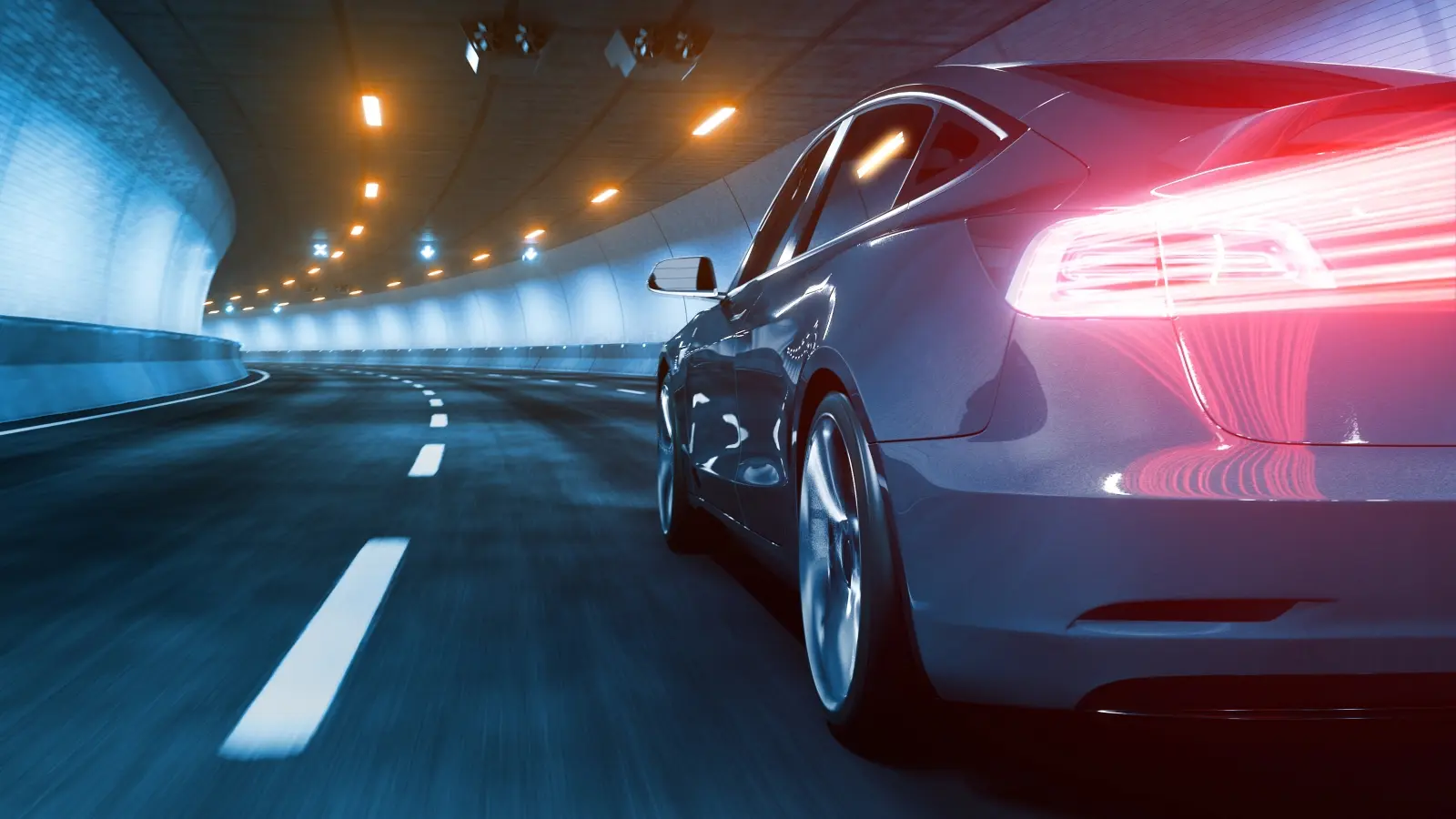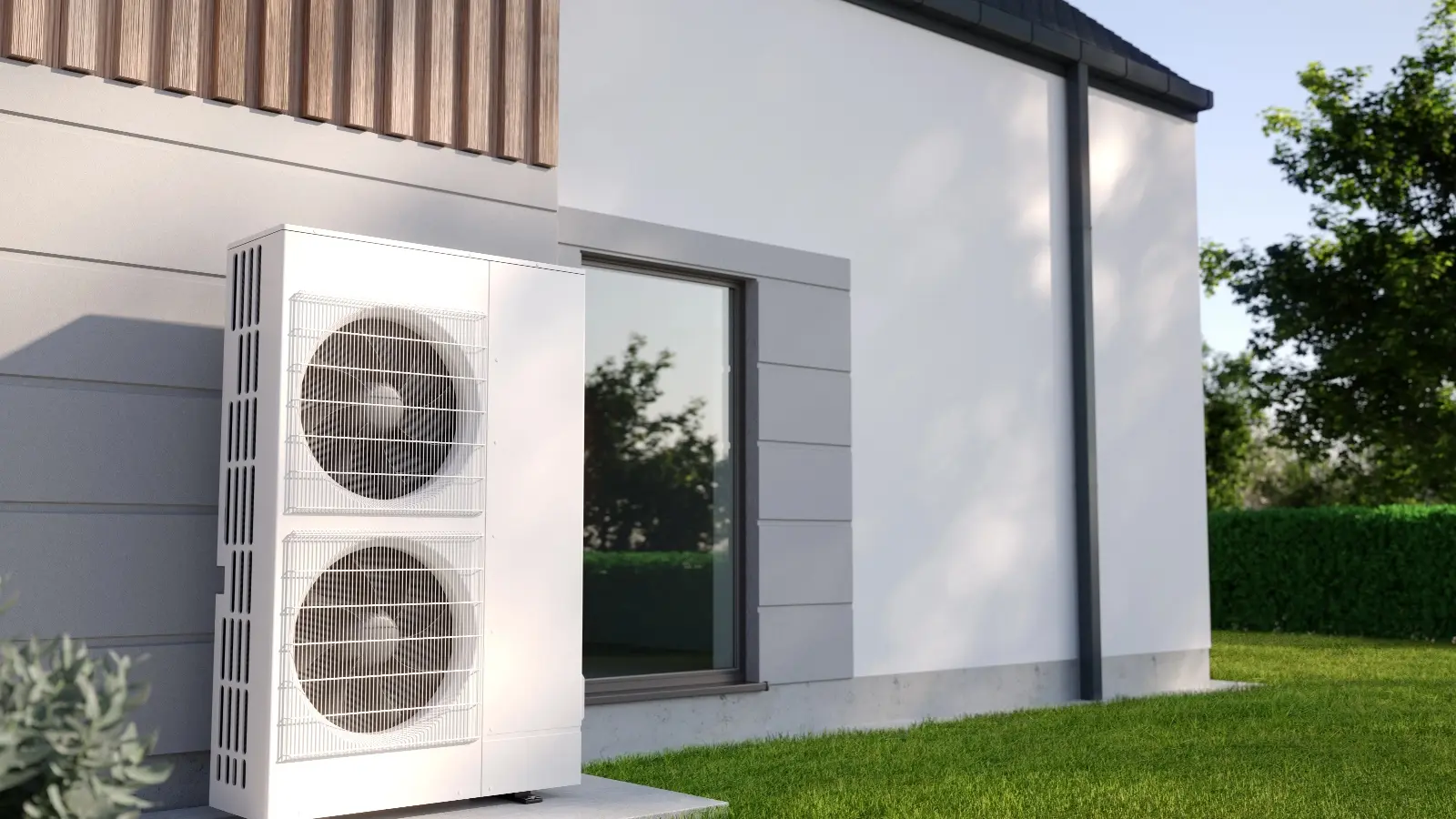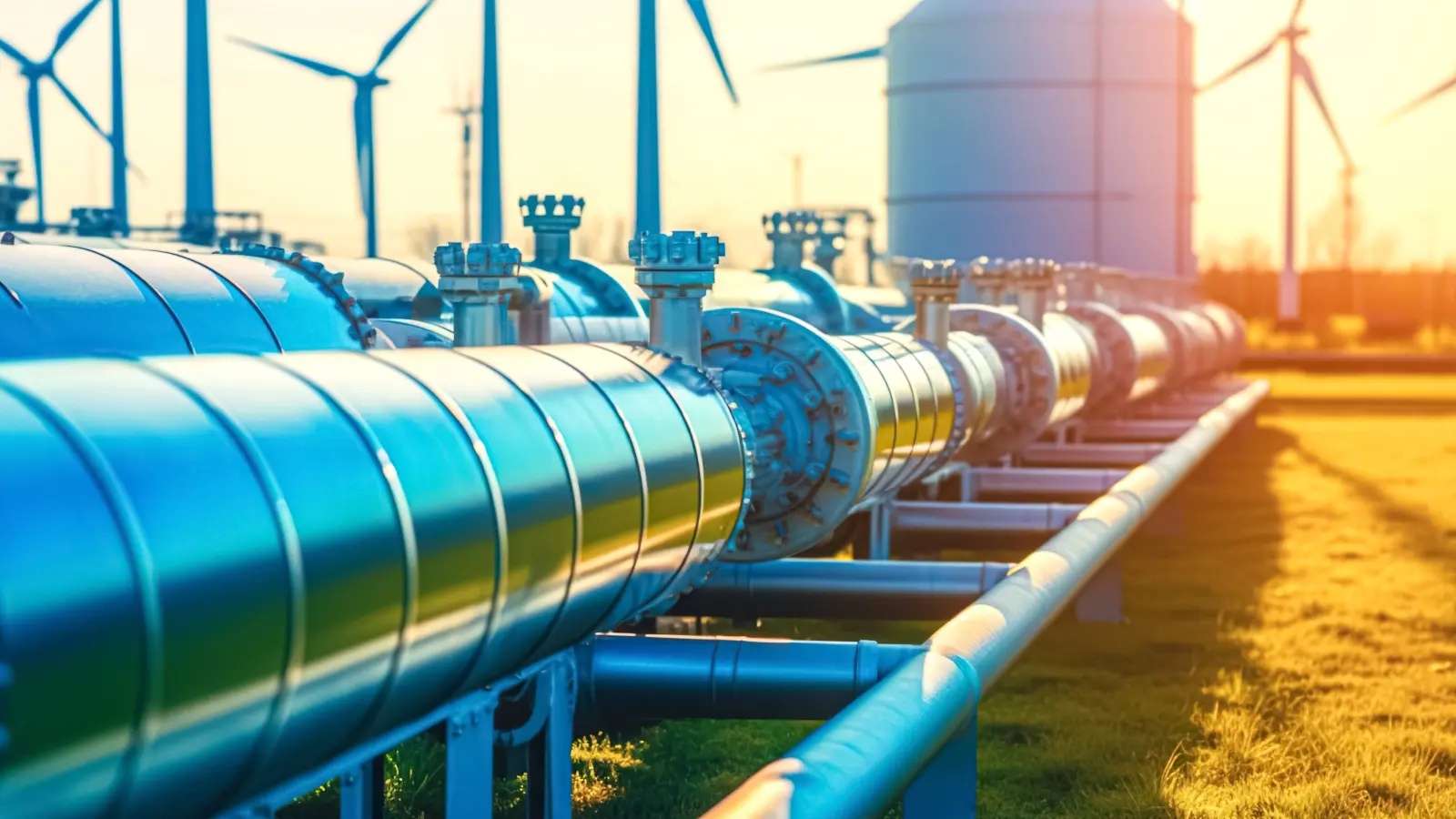Innovation landscape for smart electrification



-
Status
IRENA estimates that electricity’s share in the transport sector will grow to 10% by 2030 and to almost 50% by 2050. As a result, global electricity demand from all EVs is expected to reach almost 3 000 TWh by 2040 in BloombergNEF’s (BNEF) Economic Transition Scenario and 4 500 TWh in the Net Zero Scenario, up from 106 TWh in 2021.
More -
Blind spots for policymakers
The main barriers to rapidly electrifying transportation are the costs of vehicles and the charging infrastructure they require. As the transition accelerates, economies of scale and continued innovation will reduce those costs, unlocking investment, boosting sales, and bringing the benefits of clean transportation to more cities and communities.
More -
Innovation toolbox
To guide policy makers in formulating smart electrification strategies in their own contexts, we propose a toolbox with three main toolkits:
Essential Kit Smart charging kit Mobility segment kit
Innovations (35)
-
Technology and infrastructure
- 1 EV model evolution
- 2 EV batteries
- 3 Battery recycling technology
- 4 Diversity and ubiquity of charging points
- 5 Wireless charging
- 6 Overhead chargings
- 7 Portable charging stations
- 8 V2G systems
- 9 Digitalisation for energy management and smart charging
- 10 Blockchain-enabled transactions
- 11 Smart distribution transformers
- 12 Smart meters and submeters
-
Market design and regulation
-
System planning and operation
- 20 Cross-sectoral co-operation and Integrated planning
- 21 Including EV load in power system planning
- 22 Grid data transparency
- 23 Clean highway corridors
- 24 Operational flexibility in power systems to integrate EVs
- 25 Management of flexible EV load to integrate variable renewable energy
- 26 Management of flexible EV load to defer grid upgrades
- 27 EV as a resilience solution
-
Business models
-
Status
The global energy demand for cooling is expected to increase by 45% by 2050 compared with 2016 levels (from 7 to 12 exajoules [EJ]) (IEA, 2018). One reason for this is that only a third of the global population currently living in hot climates possesses cooling appliances (Camarasa et al., 2022). Another reason is that global temperatures are rising, with an increase of 1.5°C or more over pre-industrial levels expected by 2035 (IPCC, 2018). Both reasons are likely to cause an increase in the demand for cooling appliances, especially with rising standards of living in developing countries.
More -
Blind spots for policymakers
Electrification of the heating sector presents challenges that are widely known but have not yet been overcome. To begin with, homeowners and other small-scale end users have been reluctant to transition away from traditional fossil fuel–based heating technologies, such as gas boilers. In addition, users are not always aware of the benefits of smart electrification strategies, such as lower energy costs for homes or businesses.
More -
Innovation toolbox
To guide policy makers in formulating smart electrification strategies, we propose a toolBox with three kits: the essential kit, which should be implemented in any situation, followed by the heating kit and then the cooling kit, based on the needs. The heating kit is further divided into kits for buildings, industry and district heating
Essential kit Heating kit Cooling kit
Innovations (35)
-
Technology and infrastructure
- 1 Low-temperature heat pumps
- 2 Hybrid heat pumps
- 3 High-temperature heat pumps
- 4 Waste heat-to-power technologies
- 5 High-temperature electricity-based applications for industry
- 6 Low-temperature thermal energy storage
- 7 Medium- and high-temperature thermal energy storage
- 8 Fourth-generation DHC systems
- 9 Fifth-generation DHC systems
- 10 Internet of Things for smart electrification
- 11 Artificial intelligence for forecasting heating and cooling demands
- 12 Blockchain for enabling transactions
- 13 Digitalisation as a flexibility enabler
-
Market design and regulation
- 14 Dynamic tariffs
- 15 Flexible power purchase agreement
- 16 Flexible power purchase agreement
- 17 Standards and certification for improved predictability of heat pump operation
- 18 Energy efficiency programmes for buildings and industry
- 19 Building codes for power-to-heat solutions
- 20 Streamlining permitting procedures for thermal infrastructure
-
System planning and operation
-
Business models
- 28 Aggregators
- 29 Distributed energy resources for heating and cooling demands
- 30 Heating and cooling as a service
- 31 Waste heat recovery from data centres
- 32 Eco-industrial parks and waste heat recovery from industrial processes
- 33 Circular energy flows in cities – booster heat pumps
- 34 Community-owned district heating and cooling
- 35 Community-owned power-to-heat assets
-
Status
Direct electrification is difficult, if not impossible, in some end-use sectors, including steel-making, chemical production, long-haul aviation and maritime shipping. But there is a viable solution for decarbonising these end uses – “green” hydrogen and other fuels produced from renewable electricity (Figure 7.1) (IRENA, 2022e). IRENA’s 1.5°C Scenario projects that by 2050, clean – green and blue – hydrogen production will grow to 523 million tonnes per year by 2050 (IRENA, 2023). Hydrogen can also serve as an excellent energy storage medium.
More -
Blind spots for policymakers
Realising the promise of green hydrogen requires significant progress across its entire value chain: from research and innovation actions to make green hydrogen competitive, rapidly scale up electrolyser manufacturing and build the infrastructure needed to produce, store and transport hydrogen and its derivates, to new business models that attract new actors, and market design and regulations that allow setting up an international reliable market.
More -
Innovation toolbox
Effective smart electrification strategies will result from the synergies of innovations in technology, markets and regulation, business models, and system planning and operation. In general, these strategies add flexibility to the system and facilitate the integration of larger shares of renewable generation, resulting in “greener” hydrogen production. To guide policy makers in formulating smart electrification strategies for their own contexts, the following advanced hydrogen economy toolbox is proposed, featuring three individual toolkits.
Essential kit Smart hydrogen production kit
Innovations (30)
-
Technology and infrastructure
- 1 Pressurised alkaline electrolysers
- 2 Polymer electrolyte membrane electrolysers
- 3 Solid oxide electrolyser cell electrolysers
- 4 Anion exchange membrane electrolysers
- 5 Compressed hydrogen storage
- 6 Liquefied hydrogen storage
- 7 Hydrogen-ready equipment
- 8 Digital backbone for green hydrogen production
- 9 Hydrogen leakage detection
-
Market design and regulation
- 10 Additionality principle
- 11 Renewable power purchase agreements for green hydrogen
- 12 Cost-reflective electricity tariffs
- 13 Electrolysers as grid service providers
- 14 Certificates
- 15 Hydrogen purchase agreements
- 16 Carbon contracts for difference
- 17 Regulatory framework for hydrogen network
- 18 Streamline permitting for hydrogen projects
- 19 Quality infrastructure for green hydrogen
- 20 Regulatory sandboxes
-
System planning and operation
-
Business models